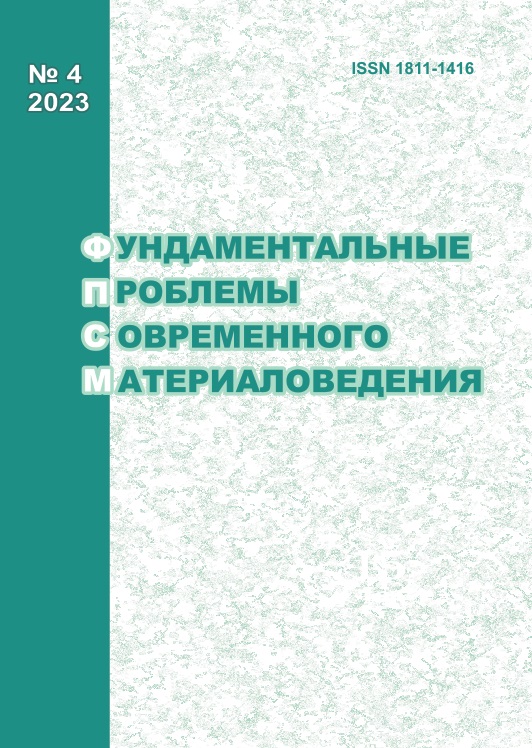MAIN MECHANISMS OF INTERACTION OF METAL-OXIDE NANOFILMS WITH GAS MOLECULES
10.25712/ASTU.1811-1416.2023.04.002
Keywords:
semiconductors, computer modeling, nanocompacted material, gas sensorsAbstract
Gas sensors based on semiconductor metal oxides are very attractive objects of applied research due to their possible production even by microelectronics technologies. Since the basis of the sensitivity mechanism is chemical reactions between the surface of a solid body and gas molecules, the most demanded are materials with a large surface-to-volume ratio and a high degree of porosity, i.e. nanoparticle powders. The main problem existing here is the dependence of sensory parameters on the morphology and composition of the material used. In the presented article, on the examples of ZnO and SnO2, the main features of the conductivity of metal oxide films were investigated. The films consisted of interconnected nanoparticles, the conductivity was due to the interaction of the analyzed gas with the surface of the semiconductor layer. It is shown that when calculating the conductivity of a network of contacts between particles, it is necessary to average over the conductivity of compounds of various types, which leads to percolation effects. Based on the available experimental data, a model was created that takes into account a wide range of particle size distribution and their conductivity. On the basis of modeling within the framework of this model, it is possible to find out under what conditions the onset of percolation effects occurs and how they can affect the sensitivity of the considered gas sensor, which can make it possible to create the concept of new generation gas sensors.












 Journal «Fundamental’nye problemy sovremennogo materialovedenia / Basic Problems of Material Science»
Journal «Fundamental’nye problemy sovremennogo materialovedenia / Basic Problems of Material Science» This work is licensed under a
This work is licensed under a 
